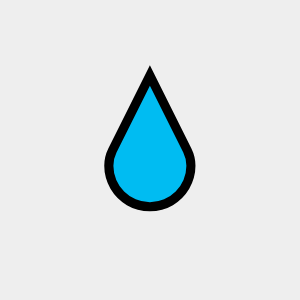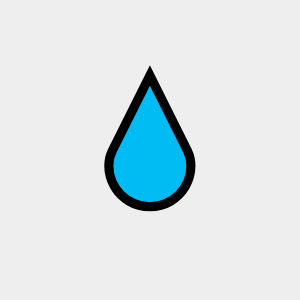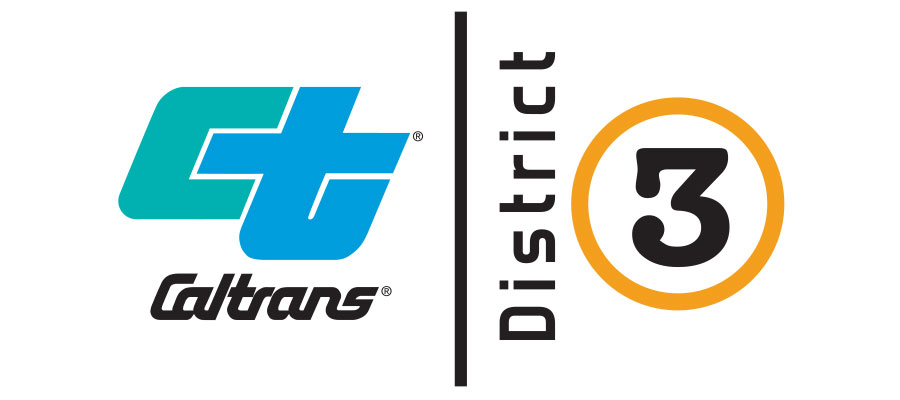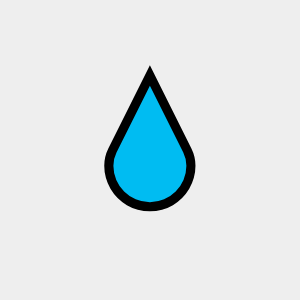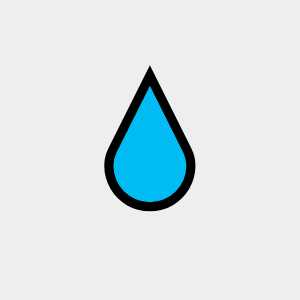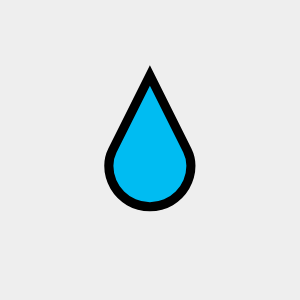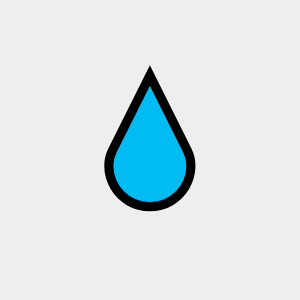Title Page
-
Site conducted
-
Conducted on
-
Prepared by
-
Location
-
Work Order Number
Untitled Page
(T)ools, (S)afety Equipment and (M)aterials
-
Mechanics tool set
-
Spare hoses and couplings
-
Seals
-
Tags
-
Cleaning materials
-
Safety goggles
-
Gloves
Safety Guidelines
-
Schedule maintenance activity with operating personnel
-
Follow site safety procedures and your supervisor instructions
-
Record and report to your supervisor any equipment damage or deficiencies found while performing this maintenance task
-
Record all test results in the component maintenance log
-
Obtain and review manufacturer operation and maintenance instructions
-
All tests shall conform to the manufacturer test procedures and standard values
** SPECIAL INSTRUCTIONS ESPECIALLY FOR SEMI-ANNUAL BELOW:
-
Procedure for returning the system to service after discharge is outlined in the manufacturer as soon as possible after discharge
-
Each Range Guard system must have all discharge piping (or discharge tubing) flushed out with water after each discharge. A procedure for flushing is provided in the manufacturer literature
-
Recharging the cylinder must be in strict compliance with manufacturer outlined procedure
-
The extinguishing fluid, is alkaline (similar to soap) and may cause skin irritation upon prolonged contact. After exposure, wash thoroughly with soap and fresh water. Use eye and skin protection<br>when handling liquid.
-
ONLY THE CHEMICAL EXTINGUISHANT SUPPLIED BY MANUFACTURER SPRINKLER IS TO BE USED IN THE RANGE GUARD SYSTEM.
-
Overfilling or under-filling of cylinders can result in consequences that are harmful to people or property or both
-
Pressurizing gas should be supplied through a pressure regulator device with an outlet setting not to exceed 200 PSI at 70 degrees F
-
A calibrated pressure gauge shall be used to recharge the cylinder
-
Always store and transport charged cylinders in a secure and upright position. Never handle cylinders by the valve
-
Inspection and testing shall be performed by a certified technician, as recommended by the National Fire Protection Association (requirement 96 and requirement 17A).
Maintenance Procedures
-
Make a visual inspection checking for irregularities
-
Check for corrosion to any detection system component
-
Check unit for tampering
-
Check seals
-
Check for loose piping and missing or grease covered nozzle caps
-
Check visual indicator on the releasing unit to make certain the system is cocked
-
Disconnect mechanical control box(es) and disconnect nitrogen cylinder if used
-
The charging cylinder(s) should be pressurized as specified. Check hydro-test date (every 12 years<br>maximum). CHECK ALL TUBING CONNECTIONS FOR TIGHTNESS.
-
Check to insure nozzle seals are intact. If not, remove and clean the nozzle. Replace the seals with factory supplied seals only. Other seals may result in failure to rupture, and will prevent discharge from the nozzle. Tighten the cap.
-
Without disrupting cooking operations, close all cooking appliances with hand operated valves. Operate pneumatic release. Operate electrical shut-offs. Reset and re-light all pilots. Check the system gas valve for grease build-up.
-
Replace fusible links with Automatic sprinkler links of a load rating of 3 to 45 lbs. of the required temperature
-
Clean grease out of conduit openings at detector bracket
-
Reconnect mechanical control box(es). Remove keeper pin. Install nitrogen cylinder
-
Assure that system is tagged and that a certificate is available for verification
-
Assess need for hydrostatic testing
Maintenance Hours
-
Time spent on work order?
